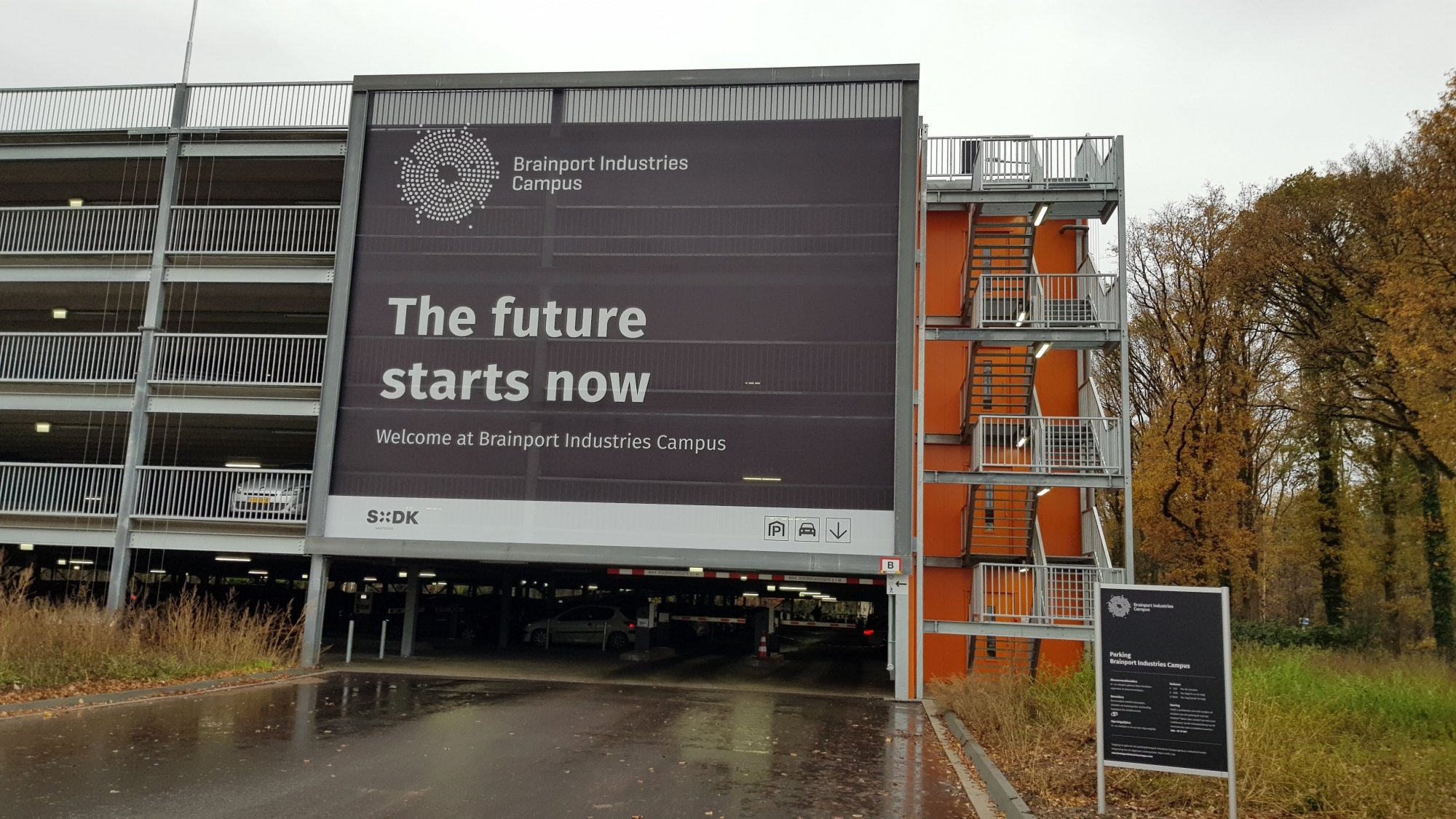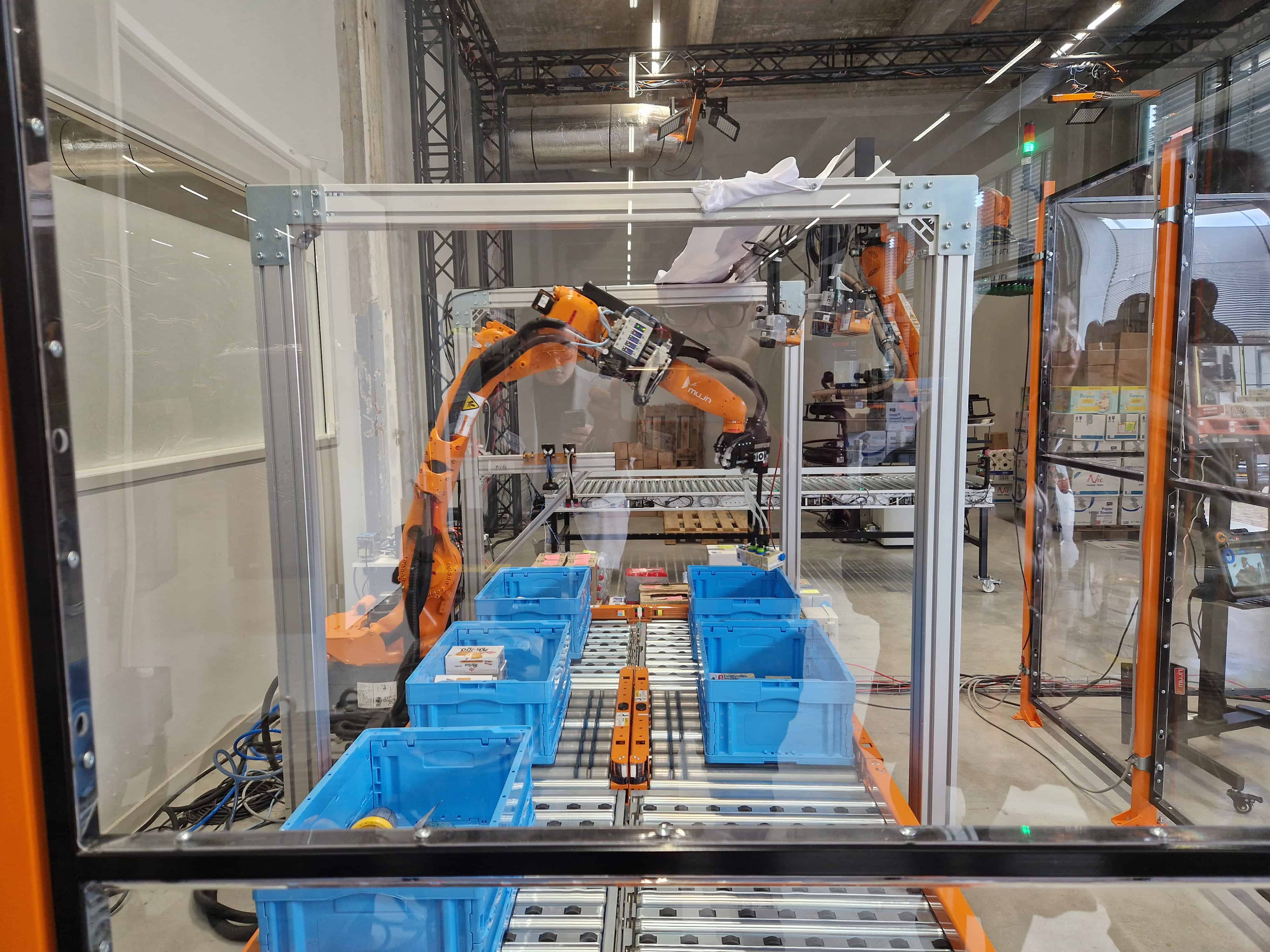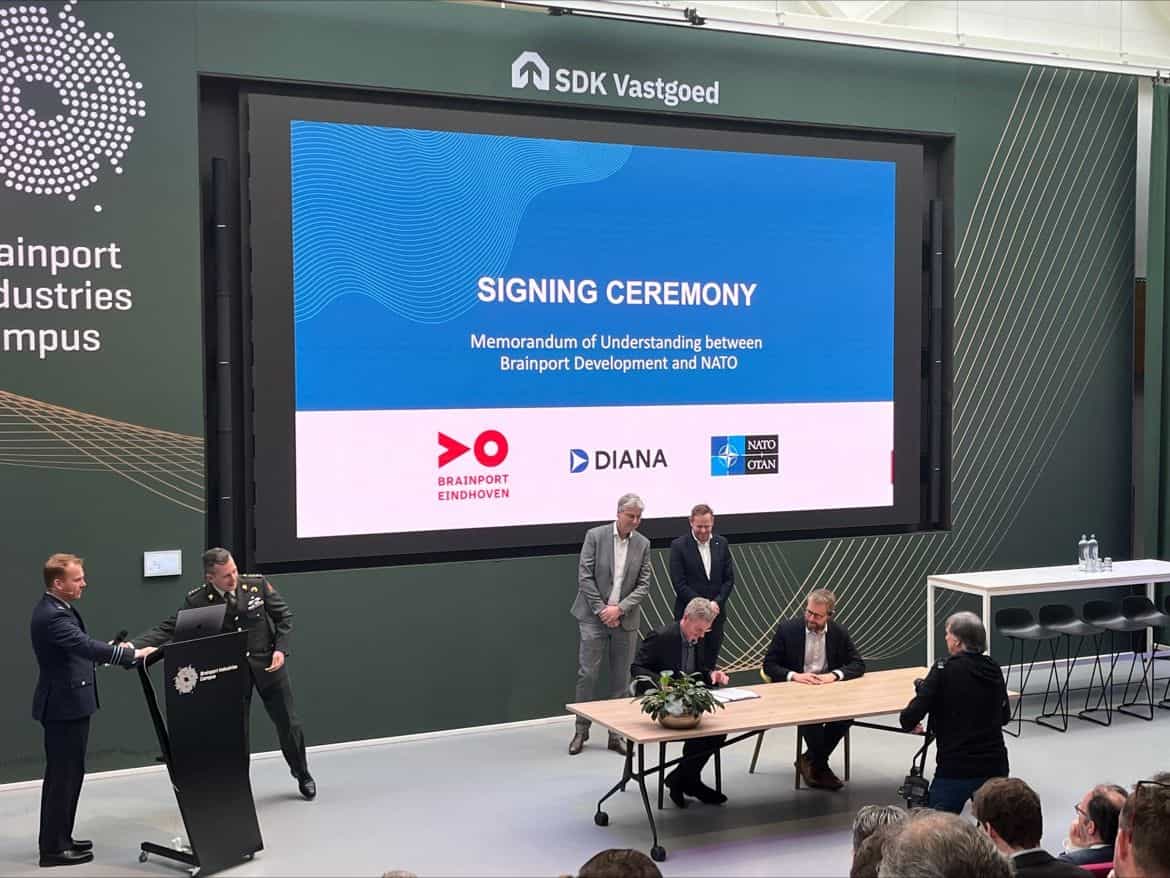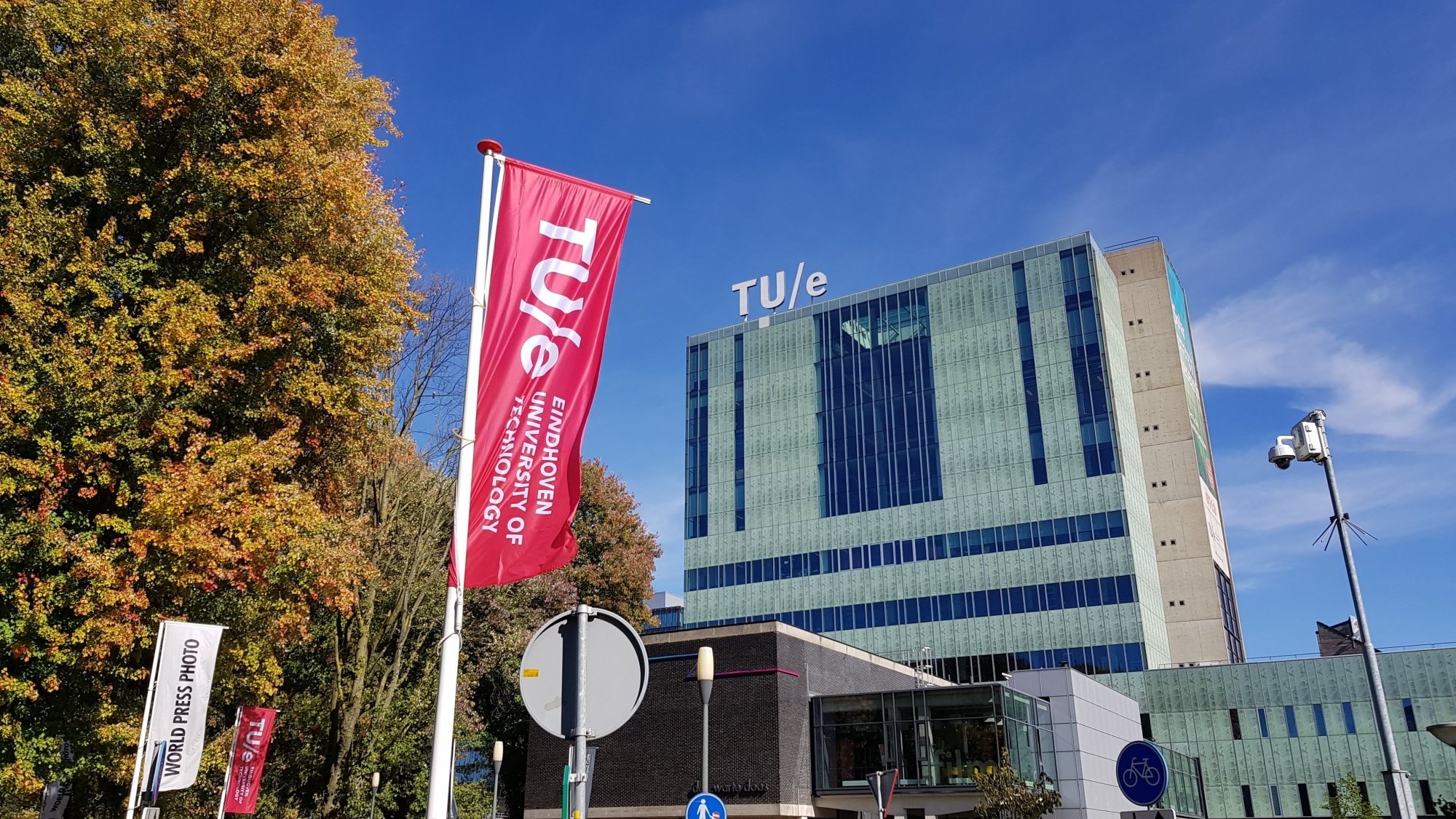
The Brabant region in the Netherlands continues to strengthen its position as a flagship location for the Dutch and the European High-Tech Systems and Materials (HTSM) sector, benefitting from fruitful and targeted cooperation between government, business and research organisations at a national and regional level. Maintaining this success will depend on the ability of stakeholders in the region to negotiate intense global competition, escalating demand for flexibility and customisation in production, and a worldwide shortage of high-tech skills.
The HTSM sector was named and defined within the scope of the Top Sector initiative of the Dutch national government about seven years ago and includes 15 areas of focus – from advanced instrumentation and photonics to nanotechnology and semiconductor equipment.
[learn_more caption=”Praise for HTSM research at TU Eindhoven”] On December 18, it was announced that 7 out of the 14 awarded NWO HTSM grants go to TU Eindhoven.
NanoLEDs and nanoelectronics, novel antennas for future 5G/6G wireless communications, ultrasound imaging for cardiac dysfunctions, water-based inks for high-quality printing, and improved monitoring of sleep apnea: those are the research topics from TU/e that were granted within the NWO High Tech Systems and Materials (HTSM) programme. Seven out of fourteen awarded grants went to TU/e scientists, all within the departments of Applied Physics and Electrical Engineering. More here [/learn_more]
Even before this formal naming and categorisation of the sector for the purposes of channelling funding for research, development and increased manufacturing capacity, the high-tech sector was well represented in the North Brabant province: The momentum that has emanated over the decades from Philips and other innovators, has helped to create a tech-driven ecosystem that today includes multinationals such as ASML, FEI, Signify, NXP, Vanderlande, and a large number of innovative small and mid-sized businesses and startups operating as part of the supply chain.

Collaborative action remains essential for a sector with a global footprint and which is affected by international competitive pressures. “The sector faces a number of pressures globally, including increasing technical complexity, a pressure to roll out research and development, and a scarcity worldwide of suitable skills,” says John Blankendaal, MD of Brainport Industries.
He explains that, in setting up Brainport Industries, the motivation was for suppliers to the HTSM sector, most of whom are SMEs, to work together to ensure survival. “We started with seven companies and now represent 107 companies, of all sizes. As a movement, we understand that we need to cooperate in order to be competitive.”

In this vein, Willem Endhoven, MD of the nationwide industry association High Tech NL, observes in Brabant what he describes as a healthy approach amongst high-tech businesses in the region. “What I notice is that there is a very well-cultivated attitude in the Brabant region of ‘Let’s sit together, have a coffee and see what we have in common’. It is a sense of practicality, a thinking that most likely we will move forward better if we move together. In the high-tech industry, the basics are so capital intensive and knowledge-intensive, that there is an appreciation for the practical reality that we should perhaps sort the basics out together, and then each can work out the niche on top of that”.
(Read more from the conversation with Willem Endhoven, MD: High Tech NL)
Mobilising competitiveness in Brabant
As part of the implementation of the Top Sector initiative at the provincial level, the North Brabant Province adopted a strategy aimed at countering some of the weaknesses which it diagnosed within the regional high-tech ecosystem, including working to reduce the reliance on a few large local players, finding ways to optimise knowledge and capacity, and taking steps to expand the degree to which knowledge is valorised in the region.
Pinpointing some of the global competitive pressures faced by the sector, the Brabant Development Agency (BOM) stated in its Multi-Year Plan 2017-2020 that the competitiveness of the Brabant HTSM sector is rooted in the cost-effectiveness of its production. In order to maintain its status as “Europe’s heart of smart solutions”, the region will have to stay focused on meeting increasing market demand for customisation, shorter delivery times and high quality. It says that the flexibility, quick turnaround and round-the-clock production required for this means that “the link between R&D and production, and the organisation of the value chain, are becoming increasingly important. A strong supply chain with healthy cooperation between suppliers and customers is essential for business competitiveness”.
The Noord-Brabant province announced in its Implementation Programme for 2017-2020 that it is aiming to mobilise a minimum investment into HTSM of €340 million over this period, which would include a €17.5 million co-investment from its own coffers. A key part of the investment momentum from the province has been towards the Brainport Industries Campus, which takes cooperation between entrepreneurship, development and education to the next step: placing it all under one roof.
(Read more about the Brainport Industries Campus).
(See: Brabant is putting €17 million into high-tech innovation).

The Fontys Centre of Expertise HTSM was established in 2013 with the goal to disseminate knowledge from research and through education, based on the needs of suppliers and original equipment manufacturers – and is a strong example of the partnerships-based approach to driving meaningful innovation in the high-tech sector in the region. Kees Adriaanse, Programme Leader of the Centre, explains that “we ask companies what problems they would like solved with high tech, and then use students to support them with their innovation. This process delivers new knowledge for companies and for Fontys”.
The Centre collaborates on research with around 40 small and medium-sized enterprises each year, and with about ten of the large original equipment manufacturers.
(See also: Fontys metal printer also to be used by regional companies).
Adriaanse says that, within the research value chain, the focus of applied research institutions such as Fontys is to build on the fundamental research produced at scientific universities and to take concepts closer to usability and commercialisation. To strengthen these vertical research partnerships, Fontys, the TU/e and TNO have formed the Eindhoven Engine as a platform to accelerate innovation.
(See more on the Eindhoven Engine: First €25 million from regional deal awarded to 10 projects).
Statistics cited by BOM describe a large and thriving HTSM sector in Brabant – around 14,000 businesses and 112 000 employees are directly involved in the sector. Together with other regional stakeholders, it shares the ambition of ensuring that the HTSM sector contributes to Brabant being home to one of the most competitive industrial clusters globally, through successful application and realisation of innovation in manufacturing processes and products.








